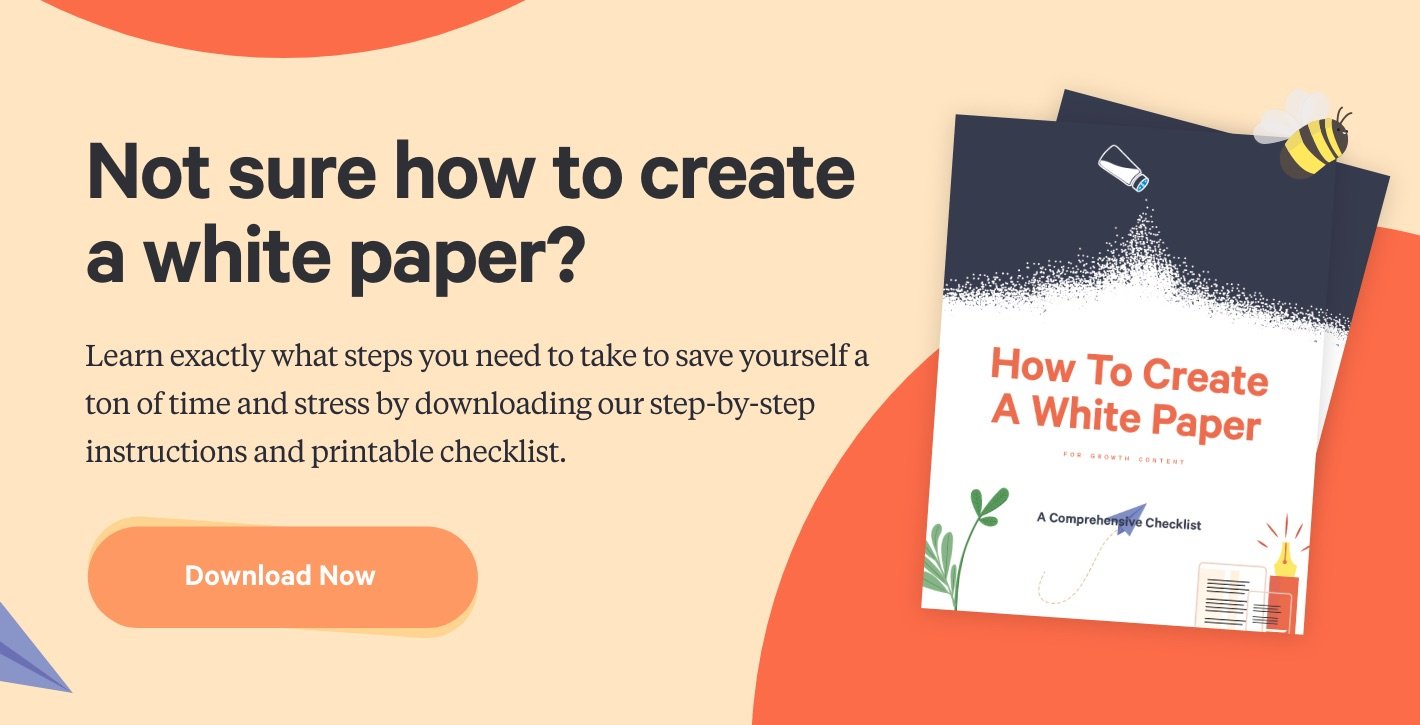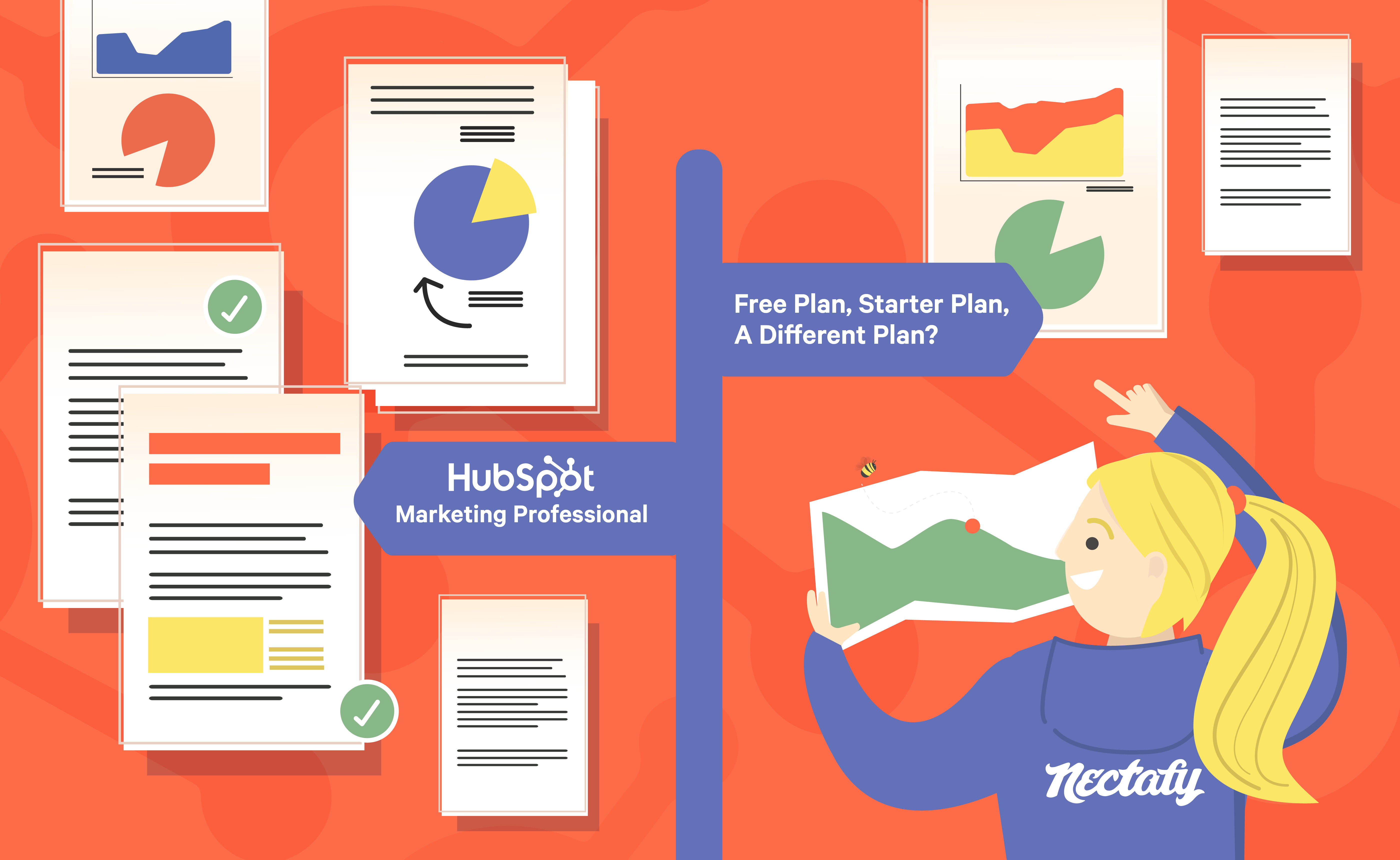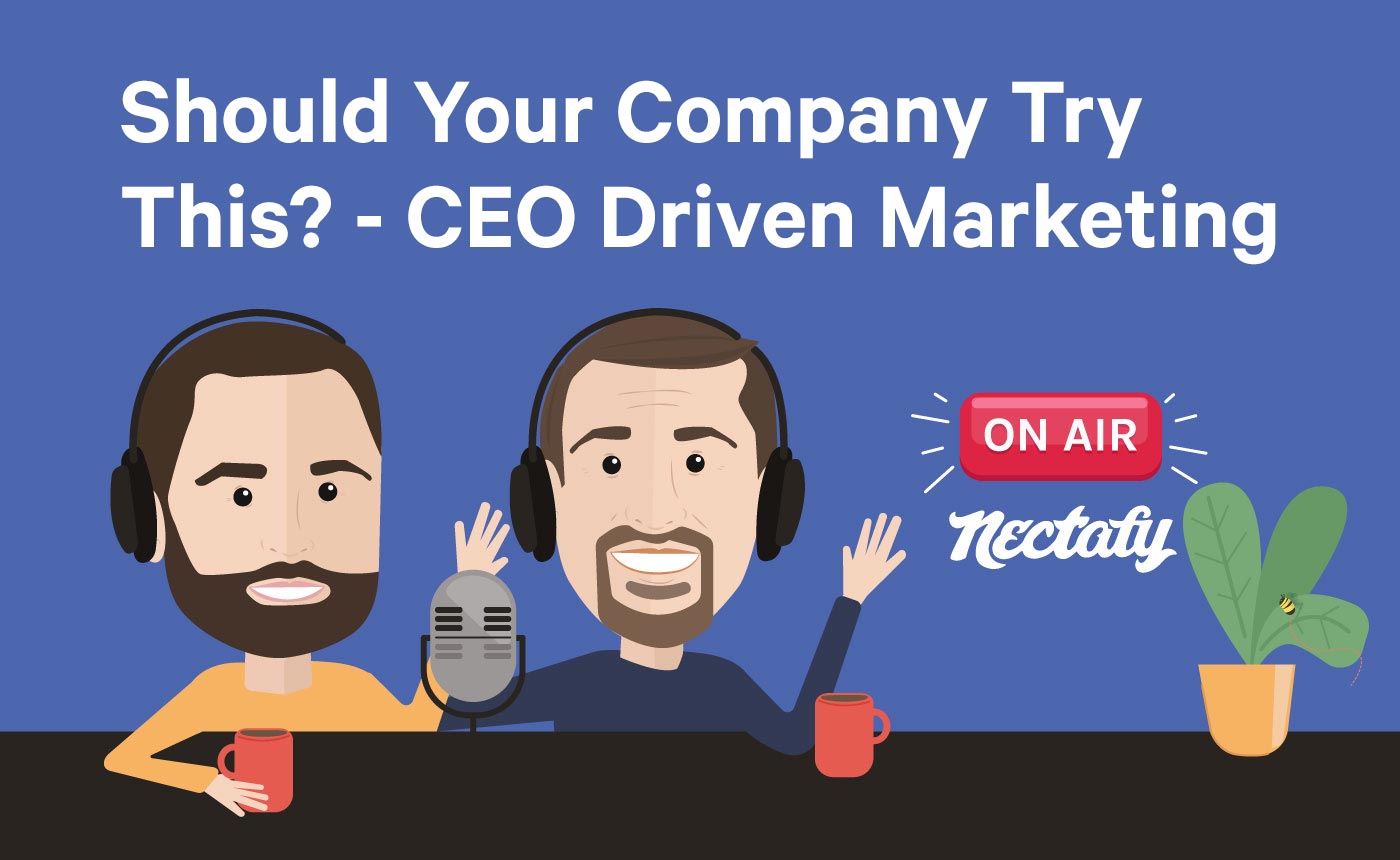What On Earth Are Inbound Marketing Offers?

You’ve read all the blogs, emails, and content and inbound marketing guides. They all say that you need to include marketing "offers" on your website.
OK. But, what on earth does that mean? Are offers things you’ll do for your website visitors? Are they gifts? What exactly is it that you’re supposed to offer?
And aside from all that, why do these inbound marketing offers matter? What do they do for your business?
Forgive us inbound marketers for throwing around terms without a clear explanation of what we’re talking about. To do away with the confusion, we’re going to explain what offers are, share some examples, identify why they’re important, and show what they do for your business.
Sound good? Here we go.
Inbound Marketing Offers: A Definition
Here’s how we define "offers" at Nectafy: they're pieces of content that you offer (get it?) your prospects and leads for free, in exchange for information about themselves. Think of it like "the gift of content."
Under the overarching offer “umbrella” are three kinds of offers that you should always have available for your leads—top of funnel (TOF), middle of funnel (MOF), and bottom of funnel (BOF) offers. Here’s what we mean.
Picture a funnel. (We call it a sales funnel or a buying funnel.) The widest part of the funnel is the "top," the narrowest part is the "bottom," and the middle part is—yep, you guessed it—the "middle." Dividing the buying funnel into these sections is one way you can categorize the people visiting your website and "consuming" your content.
As you know, you’ll have many visitors and prospects come to your website, but the majority of them will not become leads or customers. Prospects and visitors are considered to be at the top of your funnel. They are the folks that are aware that they have some problem—one that your product or service could potentially solve for them. This is your TOF. We also call this the "awareness" phase.
People who have traveled a little further into the buyer journey and are actually considering what options are out there to solve their problem are in the middle of the funnel—MOF. They are more serious about your business than prospects are, but are not yet ready to contact you or hire you quite yet. We call this the "consideration" phase.
People that have considered their options and are ready to hire your company are at the bottom of the funnel—BOF. This is also called the "decision" phase.
You want to have offers that will appeal to people at all levels of your funnel—top, middle, and bottom (awareness, consideration, and decision). The further down the funnel someone is, the more in-depth and valuable your offers should be. (And, because your bottom of the funnel offers are for people who are serious about hiring you, your BOF offers can include ways that your business specifically can help solve their problem.)
So, offers are one way to provide your prospects and leads with value, and in return, learn more information about them so they become leads.
Examples Of Offers
You’ll probably feel pretty pleased when you discover these examples of marketing offers, because I’m willing to bet that you have several of these things already!
They can be:
- Ebooks
- White papers
- Guides
- Videos
- Webinars
- Case studies
- Templates
- Podcasts
- Slideshows
Essentially, an offer is any resource that would be valuable and helpful to your target audience, and something they’d be willing to exchange some of their personal information for.
Why Inbound Marketing Offers Are Important
We’ve said a couple times now that in order to receive your offers, leads and prospects will need to provide some information about themselves. This information that you gain will help you determine what prospects are worth pursuing and tracking—meaning, it’ll help you see who seems most likely to become a customer.
The amount of information you require from them should depend on the “level” of value your offer has. For example, if you’re offering a five-page, TOF guide, it really wouldn’t be appropriate to ask for someone’s name, email address, phone number, company name, position at company, company size, and company annual revenue. Instead, you might start with the person’s name and email address. But, for a 30-page, in-depth, MOF ebook, asking for all that information could be acceptable. Of course you'll want to gain all the information you can about each prospect, but you have to consider how much information that person might "give up" in order to get what you're offering. (You don't want them to start filling out the form only to realize it's taking too long and it isn't worth it to them.)
Having this kind of intelligence about each person that downloads an offer on your website can give you a clear picture of what leads are worth pursuing and how to prioritize your sales efforts.
What Offers Can Do For Your Business
Ultimately, your offers can guide your leads through your sales funnel.
The more a lead downloads your offers, the more likely they are to do business with you. Your offers will show your leads that you desire to see them succeed, and that you are an expert in your field. When they have confidence that your company can help them with their challenges, they are likely to contact you to discuss a partnership.
In short, your offers help convert visitors into leads, and leads into customers.
Use Your Offers Wisely
Now that you know what marketing offers are and why they’re so important to your content or inbound marketing plan, you can start building an inventory of offers to suit any person that might visit your website and help guide them down your funnel. Remember, the key word is "value." You'll only succeed if your offers are something that your visitors will want to download, so make all your content as helpful as possible.
The more offers you have, the more value you can provide your website visitors. And the more valuable content your leads consume, the more likely they are to become your customers one day.



